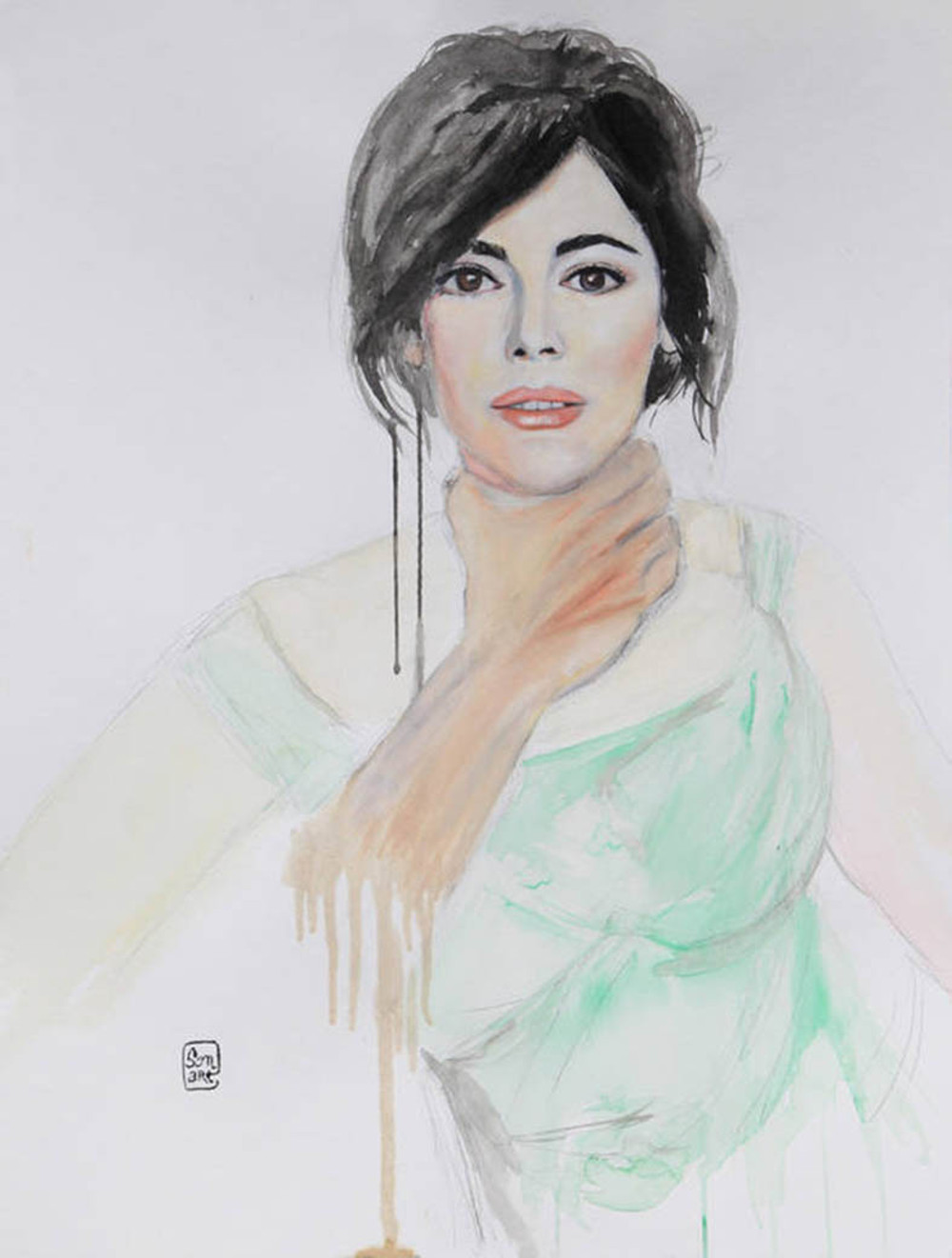We have rounded up some of most popular videos on YouTube for the month of October.
Shortly after millionaire art mogul Charles Saatchi was pictured seizing his then wife Nigella Lawson by the throat in June last year, my local north London art gallery unveiled a new work of art, taking pride of place in the centre of the floor.
It was a life-size statue of a man made out of bright-red material, with one arm protruding aggressively forward, the hand outstretched in a throttling gesture. Next to the statue, a notice in black and red writing read: “Please note this is NOT Charles Saatchi. Please feel free to take a picture of yourself being strangled by NOT Charles Saatchi on your mobile phone.”
That’s right. It invited passing viewers to stop and giggle by grabbing a shot of themselves in the clutches of the statue’s hand, much in the same vein as a cut-out cardboard fairground stall attracts revellers to pose comically as mermaids or historical figures. Roll up! Roll up! Come and recreate an image of a woman being gripped about the throat by her husband and leave with a hilarious snap for your Instagram or Twitter feed!
I had to walk past the gallery every day on leaving the house, alternately fizzing with rage and fighting waves of nausea. It stood proudly in full view of the window, cheerily sending its message to each of the one in four passing women who statistically had been or would become a victim of domestic violence, reaching out to passing perpetrators and their minimal chances of being brought to justice.
Did you know that the average victim of domestic violence endures 35 assaults before contacting the police?
Profiting from violence
As a woman living in a country where two women every week on average are killed by a current or former partner, it’s difficult to describe how it feels to know that you can now buy a framed painting graphically depicting the moment Saatchi seized his then wife by the throat, leading to a police caution and a high-profile divorce.
And the cherry on the top? Your purchase could make Saatchi even richer! Because the website selling multiple artistic depictions of the incident is none other than saatchiart.com, an online art directory closely connected to Saatchi’s own gallery.
What japes! What lolz! To turn this moment that caused the issue of domestic violence to hit the societal spotlight into an opportunity for an “ironic” picture or two.

An artwork depicting the incident in which Charles Saatchie was captured on film grabbing then wife Nigella Lawson by the throat.
One is even painted on a bread board! Because she’s a chef – get it? Another takes poetic licence with the original photograph, adding erect nipples and caricatured breasts beneath the victim’s terrified face because, after all, what’s an artistic depiction of apparent violence against women without a little added titillation?
Such cultural values were brought into sharp relief by the response from the curator of saatchiart.com to the Mail on Sunday: “Saatchi Art does not believe in censorship unless the material is pornographic or incites racial hatred.” Apparently the idea of something graphically sexual might be considered too risqué for the site, but images such as these? No problem.
Censorship debate
The issue of censorship is, of course, an interesting one. Many argue that it is vitally important for artists to have free rein to explore such subjects, in order to allow the satirical lampooning and criticism of the very act being depicted.
Much in the same way as some people argue that rape jokes can be helpful rather than harmful if they ridicule the perpetrator, not the victim.
But there is little evidence to suggest such noble intentions behind the pieces appearing on saatchiart.com. Most are straightforward renditions of the now infamous photograph in the different media. One artist, questioned by the Mail on Sunday, said the image “is a comment on the art market and how people control it”.
I’m not suggesting that people should be banned from making or selling these images; it just makes me feel deeply sad that they want to.
In the same way that Robin Thicke’s hit Blurred Lines was accused of normalising damaging myths about consent and rape, turning any form of violence against women into “art” risks making it seem socially acceptable, or suggesting that it is a matter for debate. But it isn’t. It’s a matter of life and death.
Invisible problem
Domestic violence is an invisible problem. It’s not because we don’t know about it. It’s because we accept it.
We say things such as: “There are two sides to every story.” We think of it as a “personal” or “relationship” issue for a couple to deal with behind closed doors.
We ask what she did to provoke him. We make jokes about it. We continue to fête and idolise convicted perpetrators. We live in a world where a man who tattooed his own neck with a permanent image closely resembling the battered face of the girlfriend he assaulted can still sell millions of records and attract applause at concerts. How’s that for “assault as art”?
The impact of all this? Violence against women is so normalised, it has become part of the wallpaper. Now it’s hanging on the walls as well. – © Guardian News & Media 2014